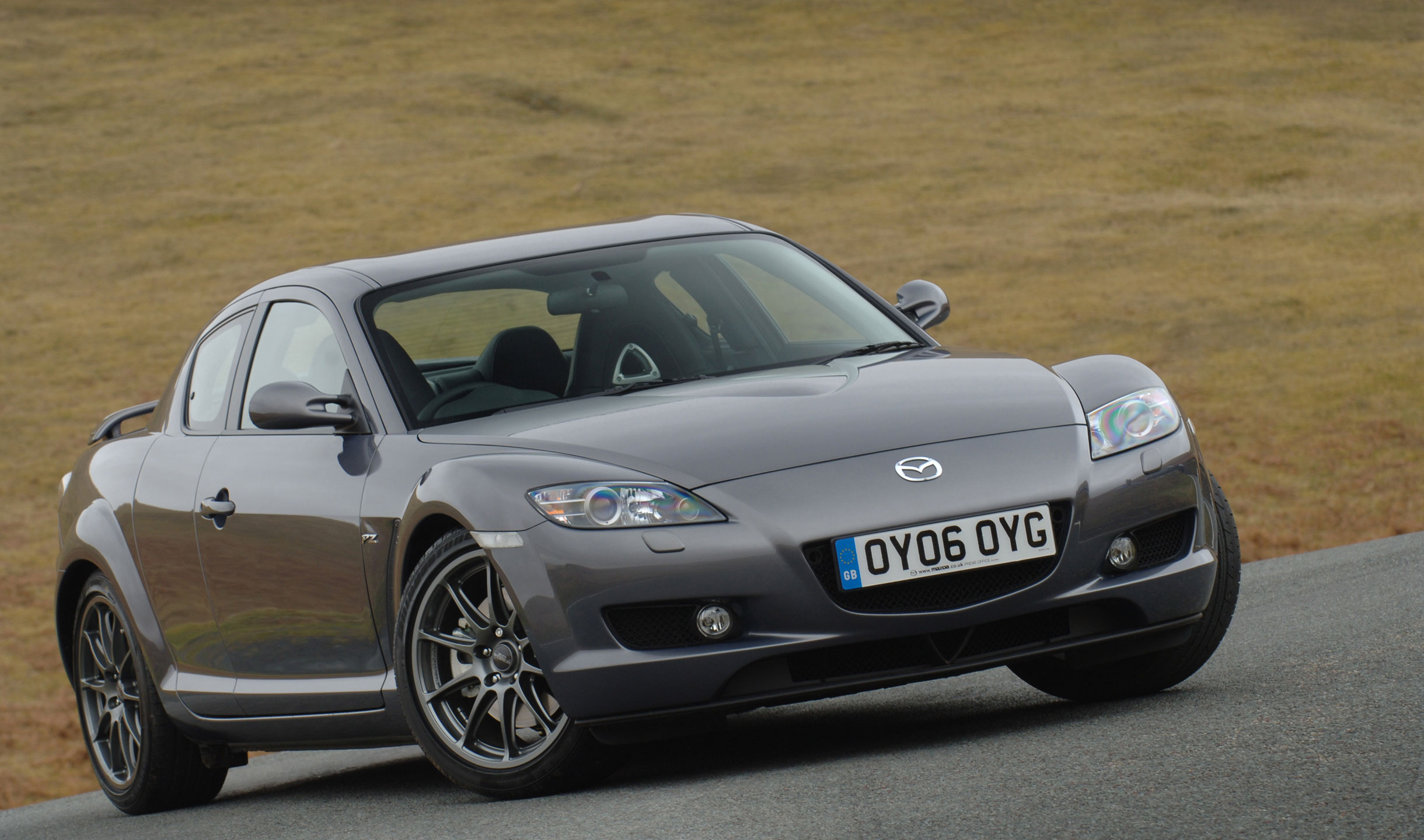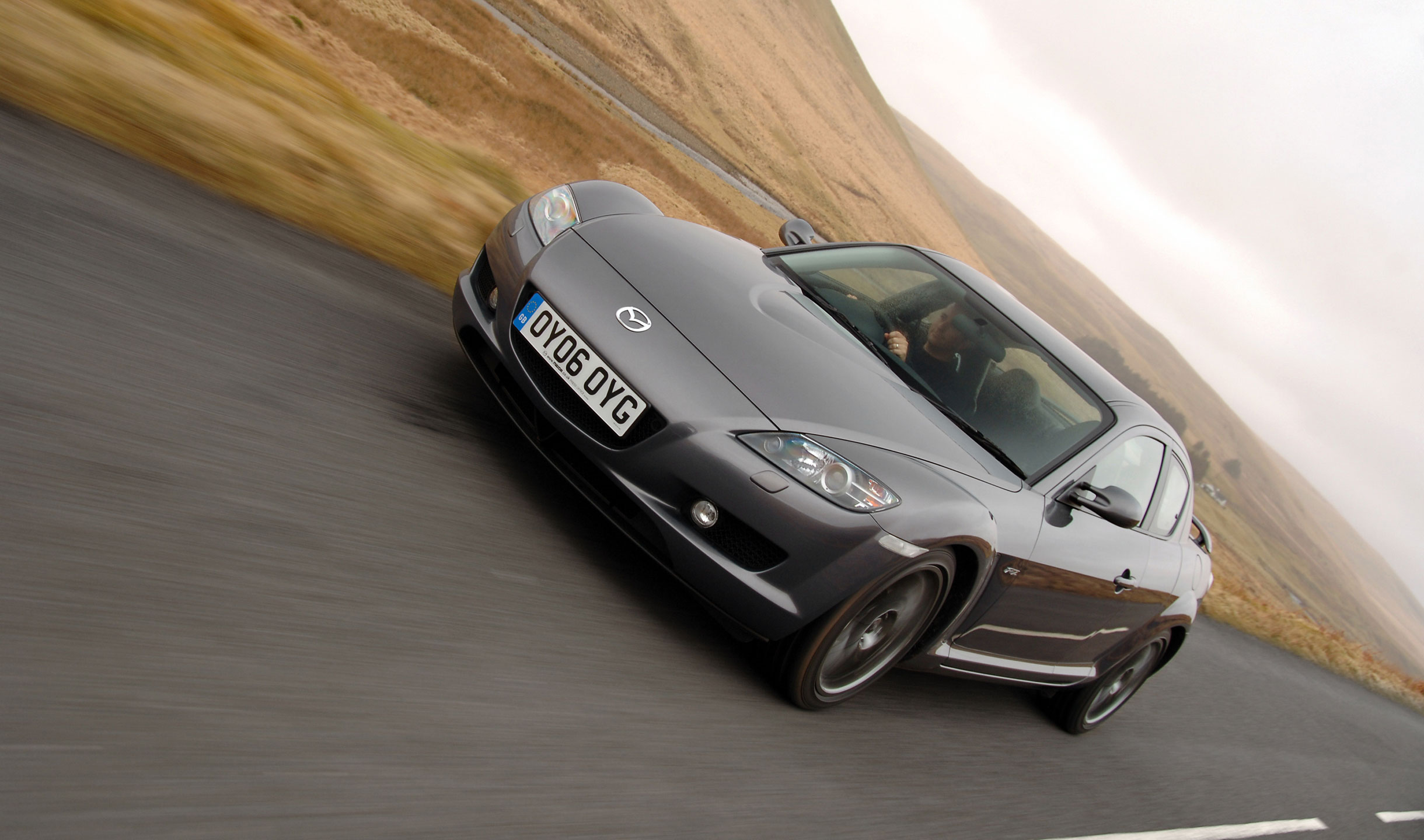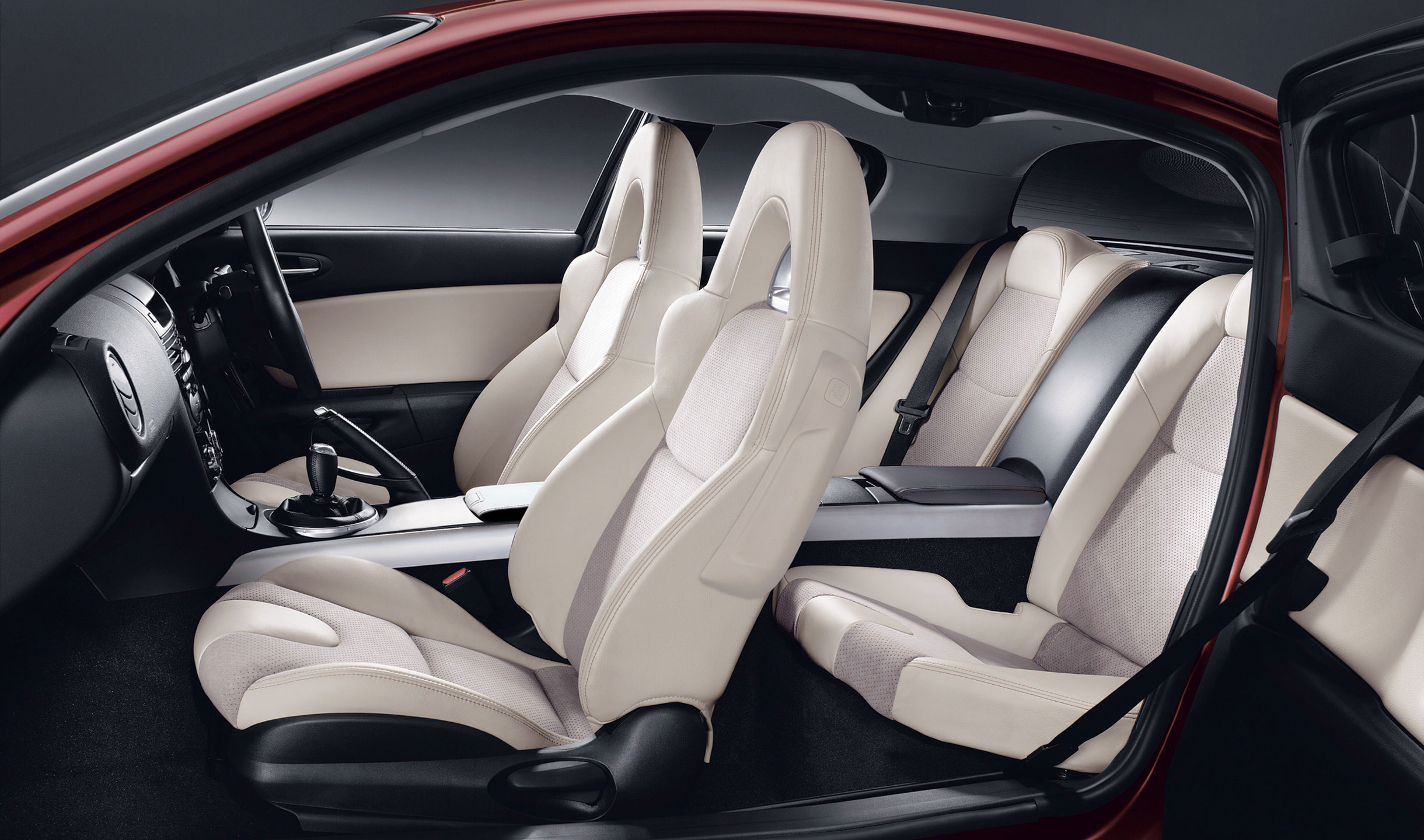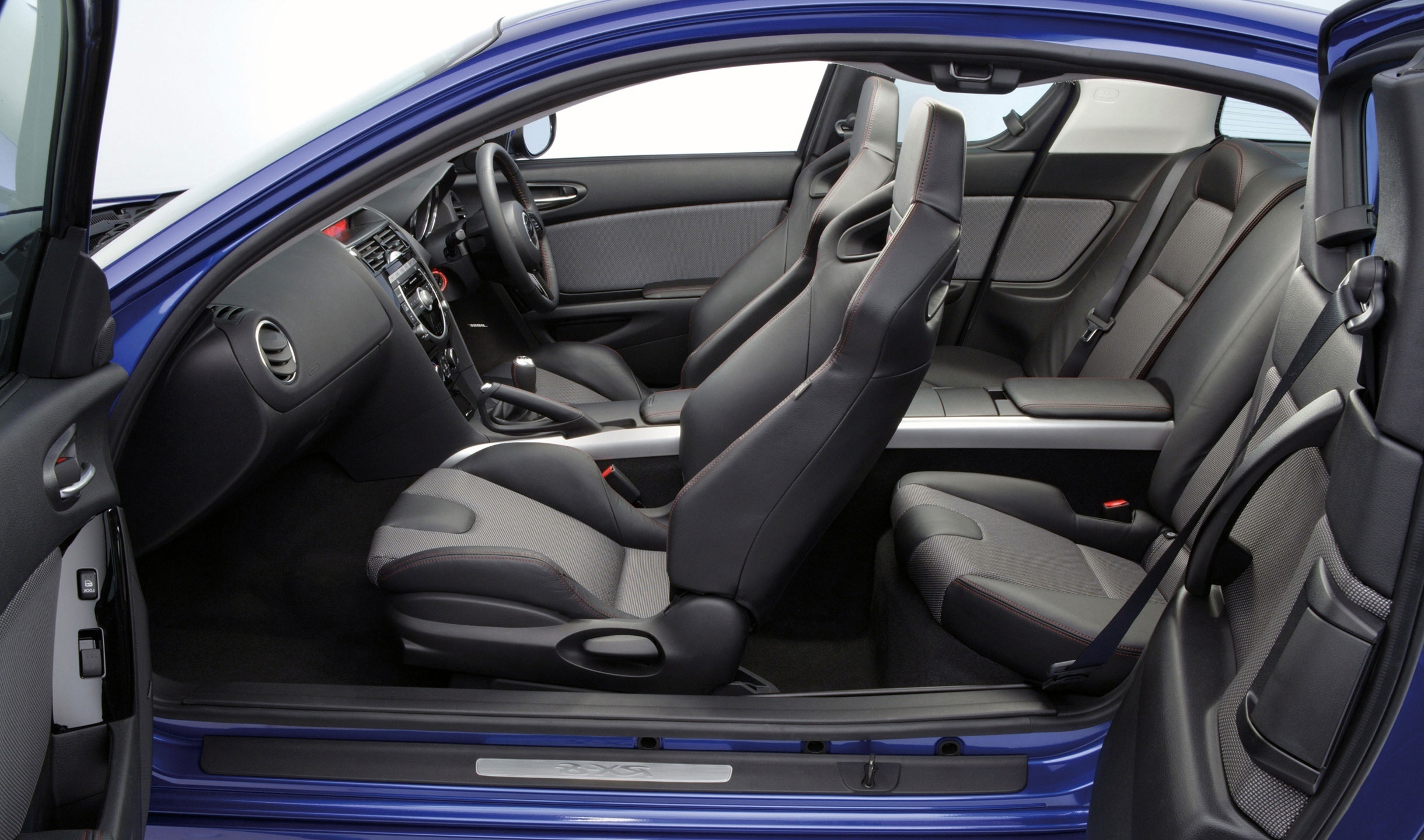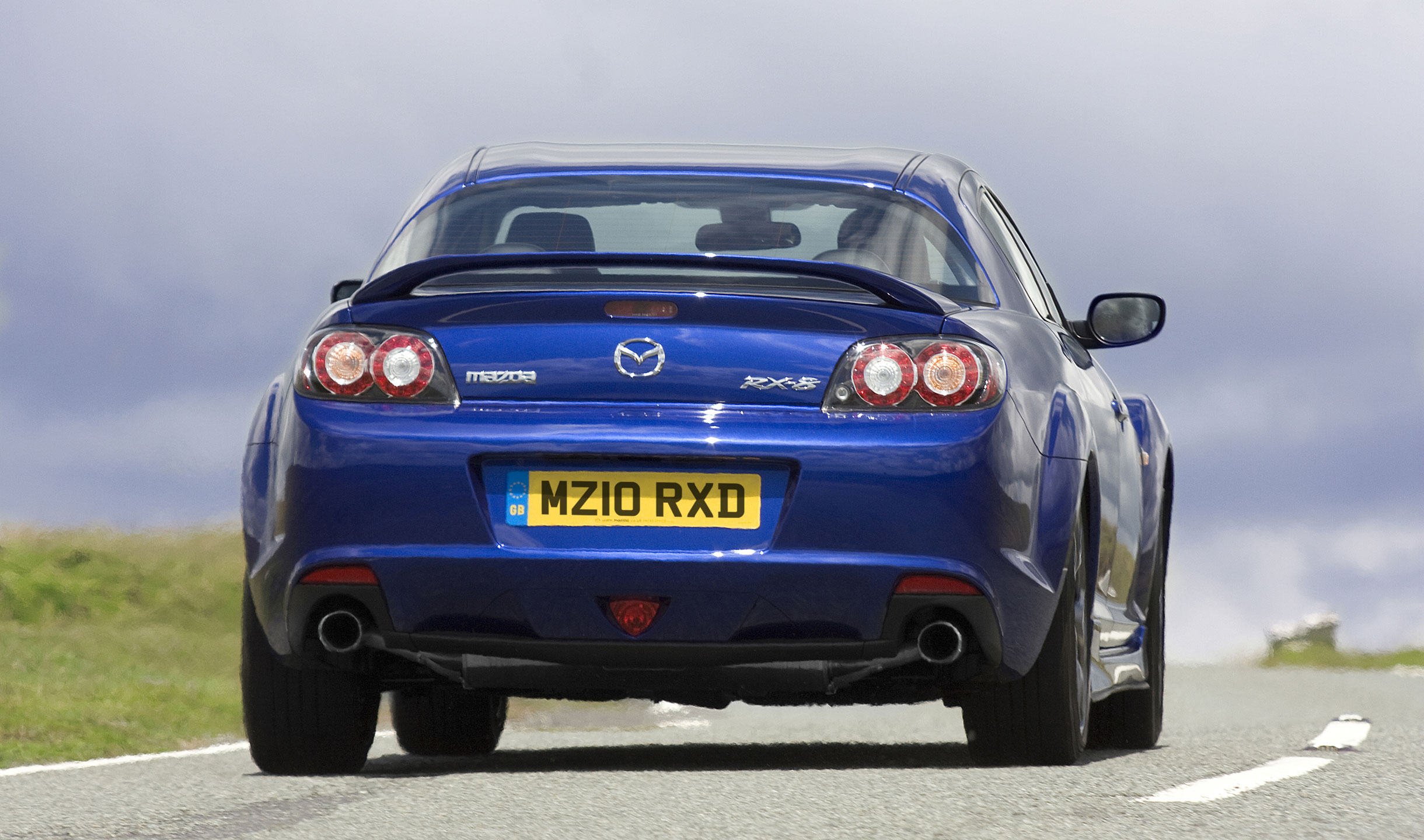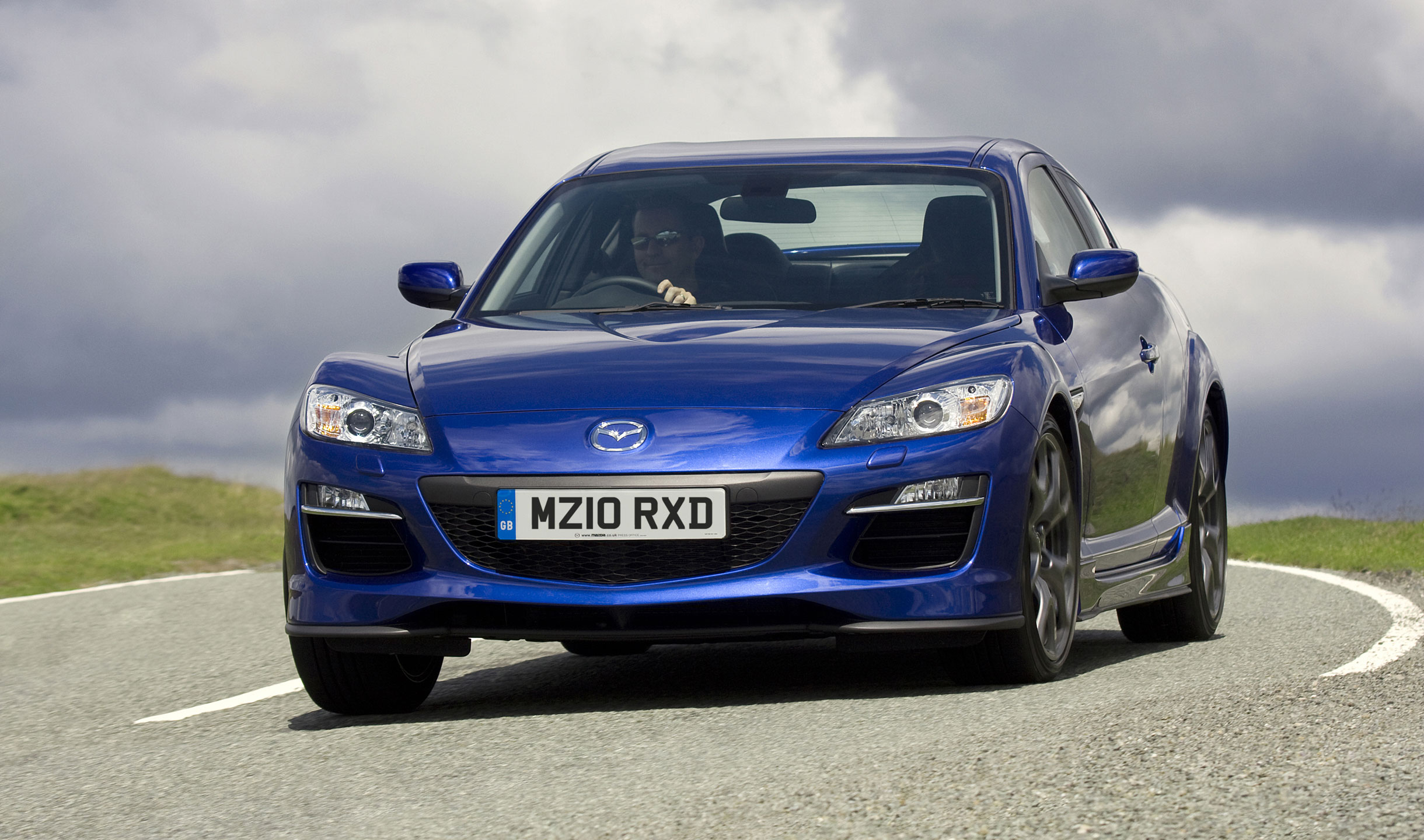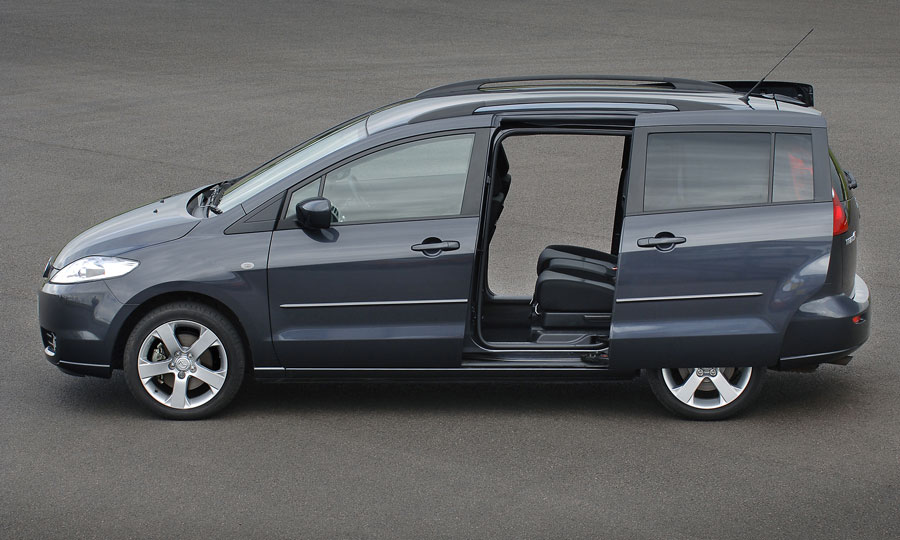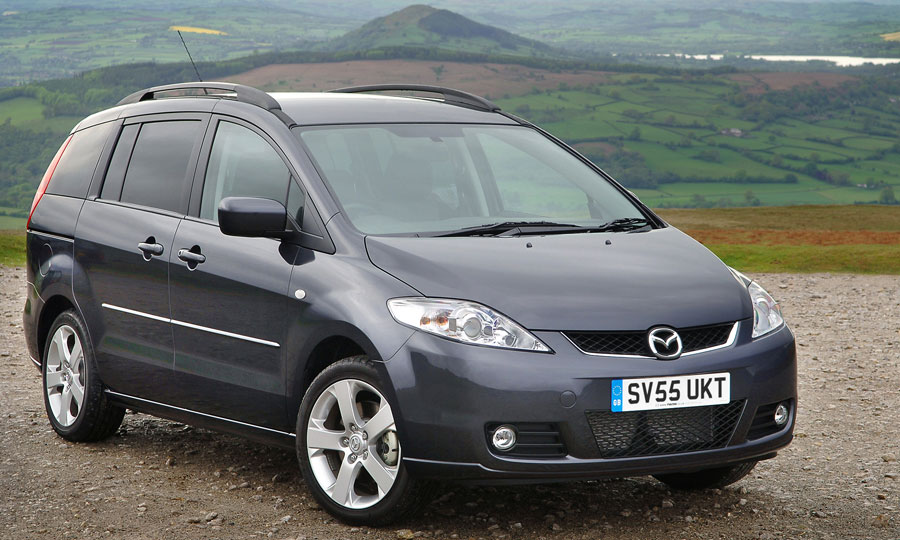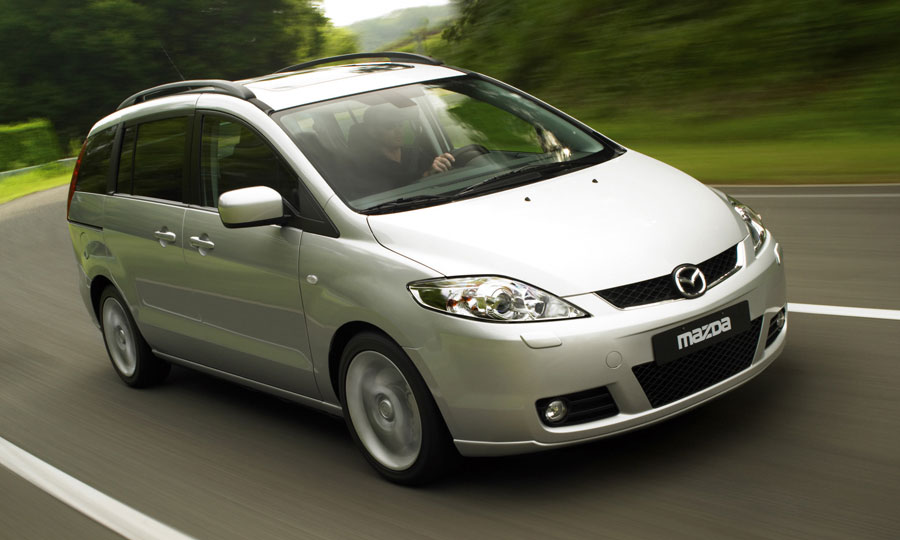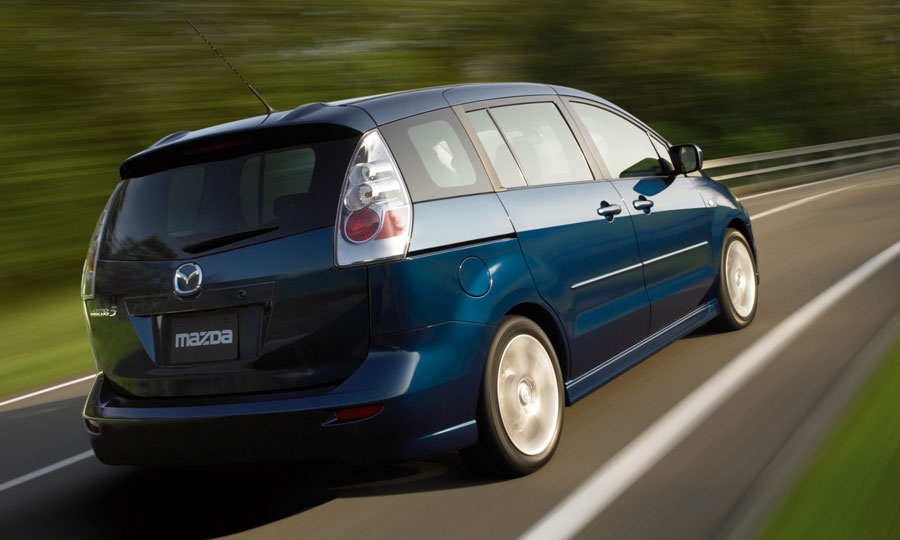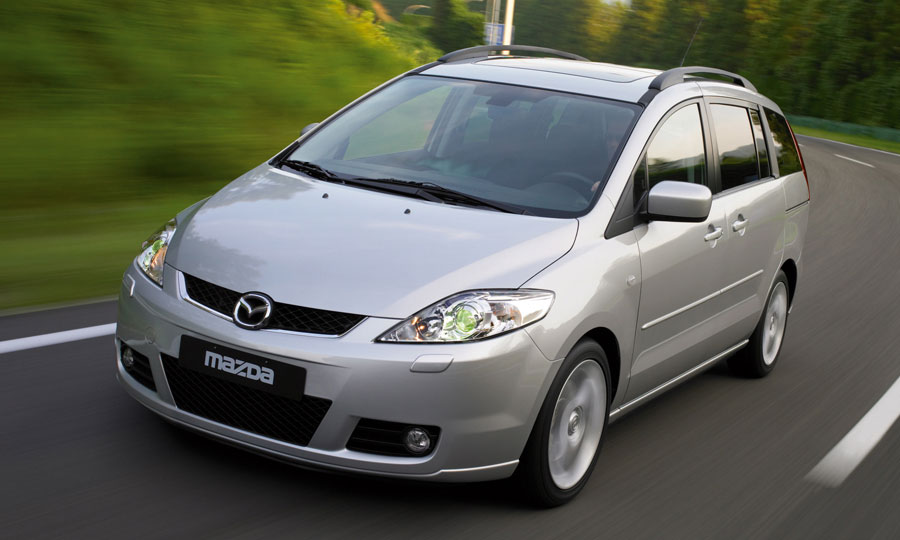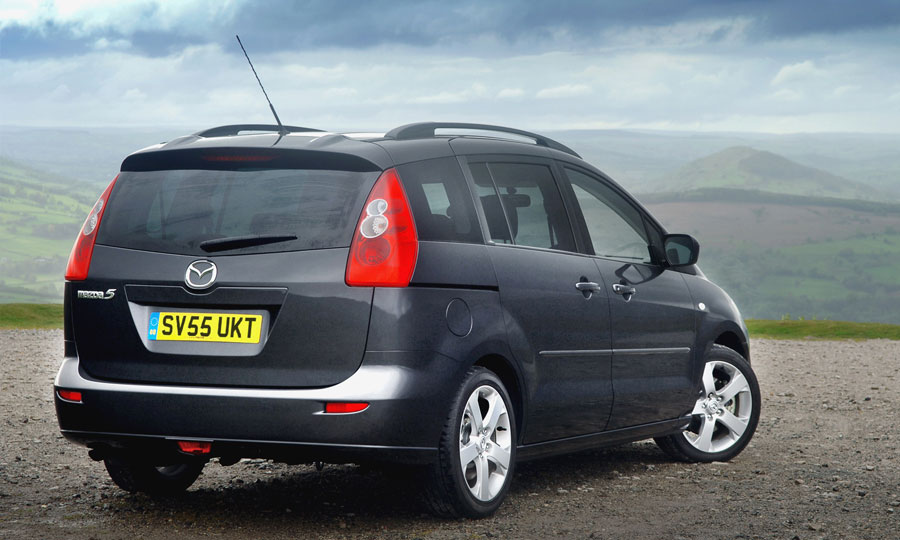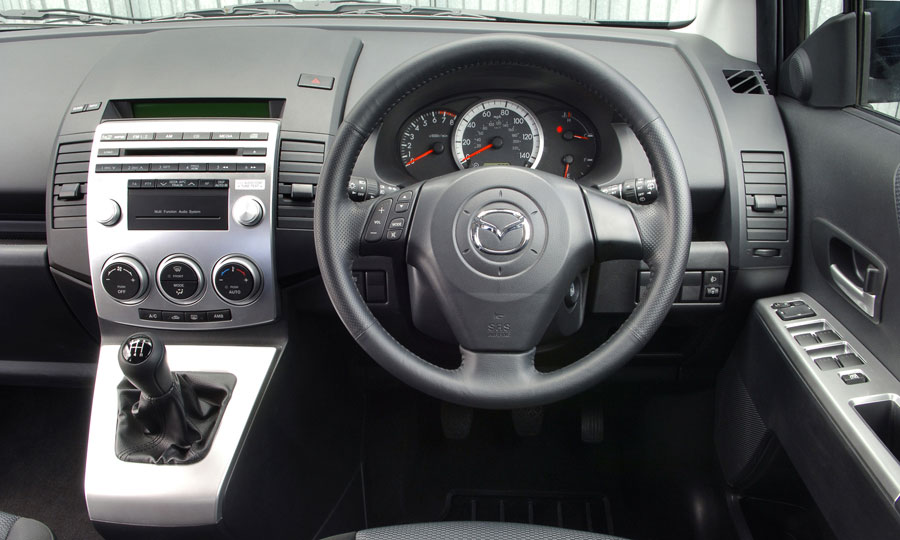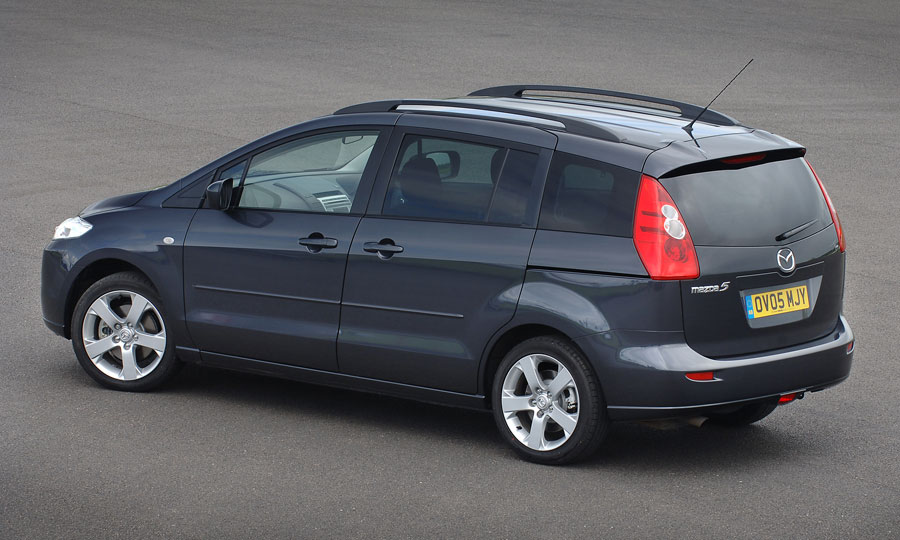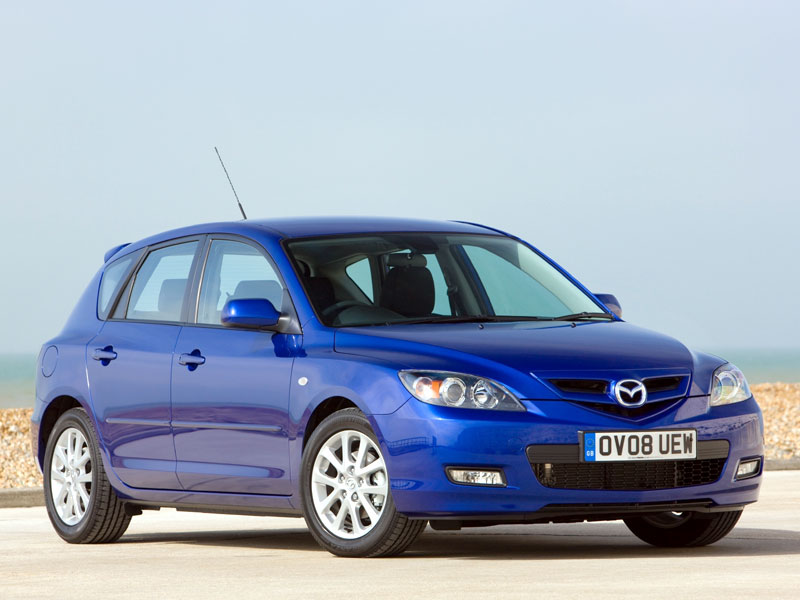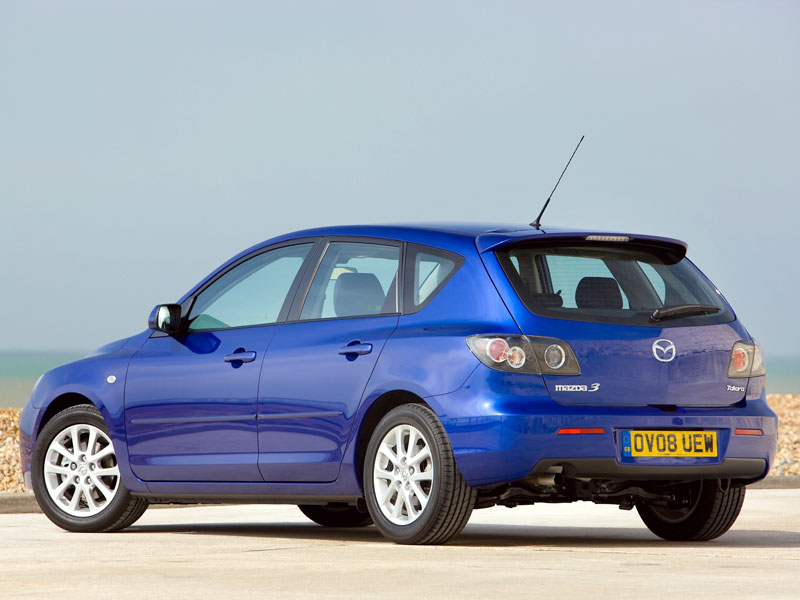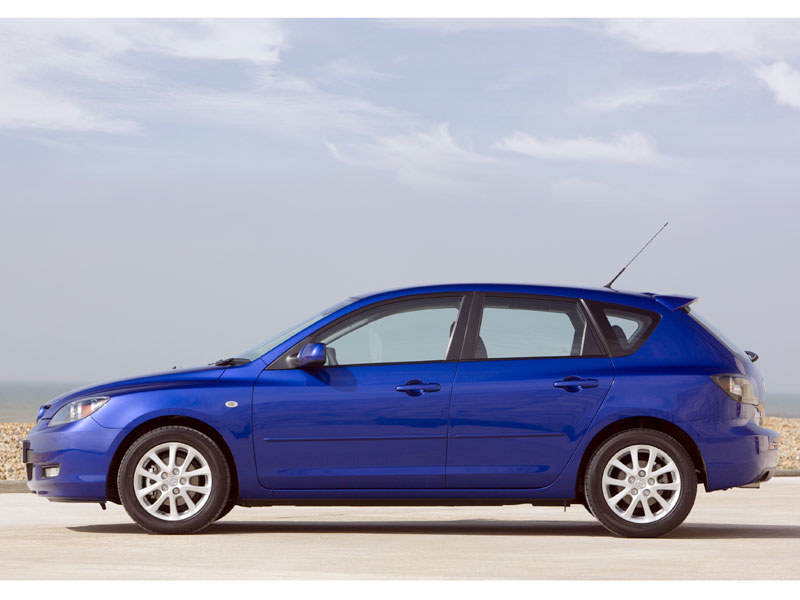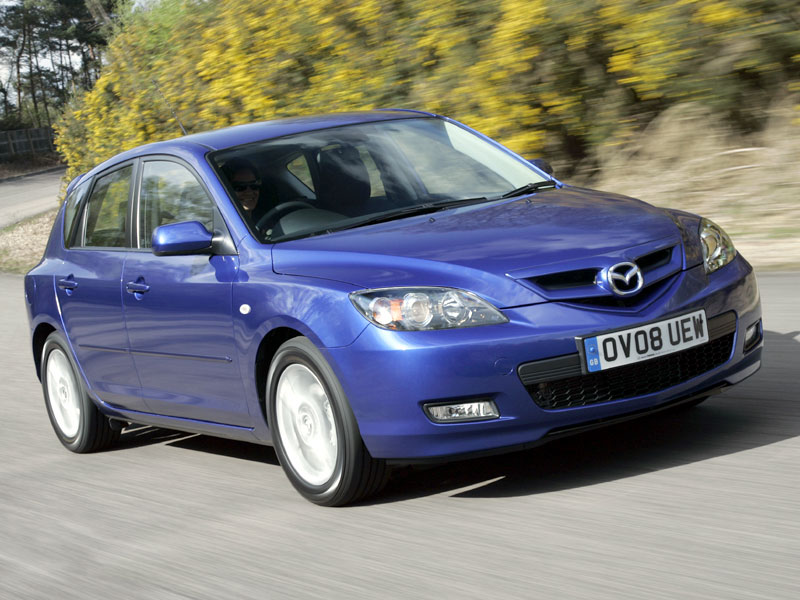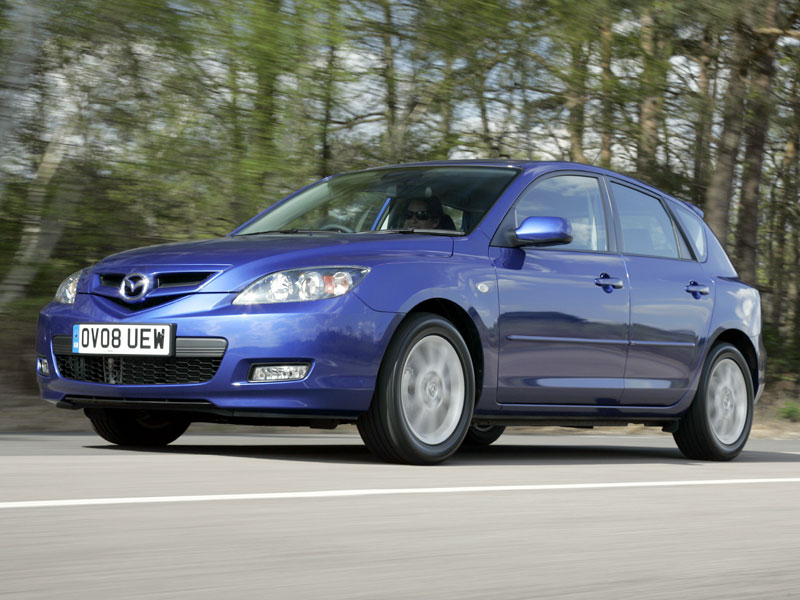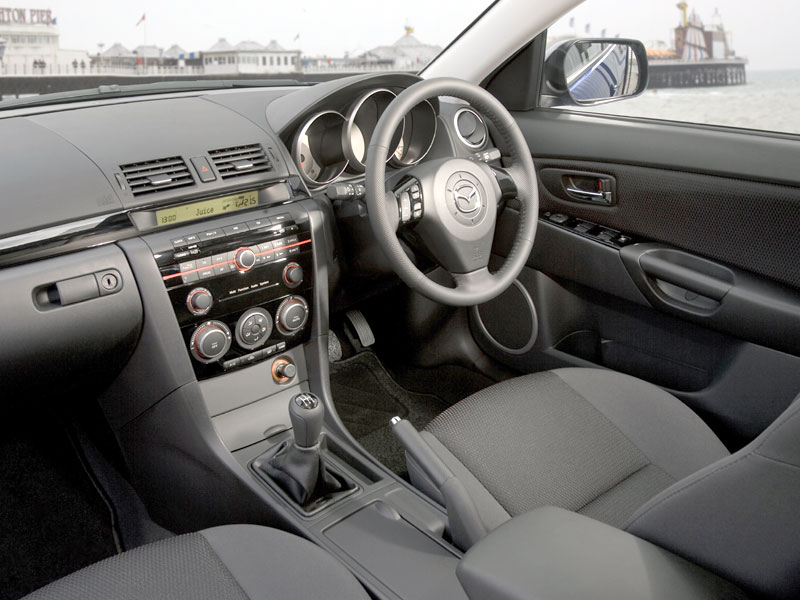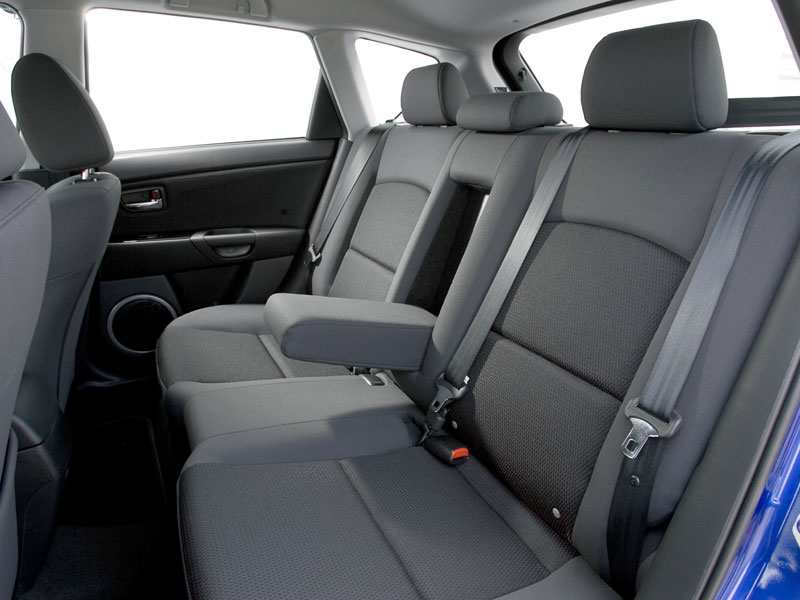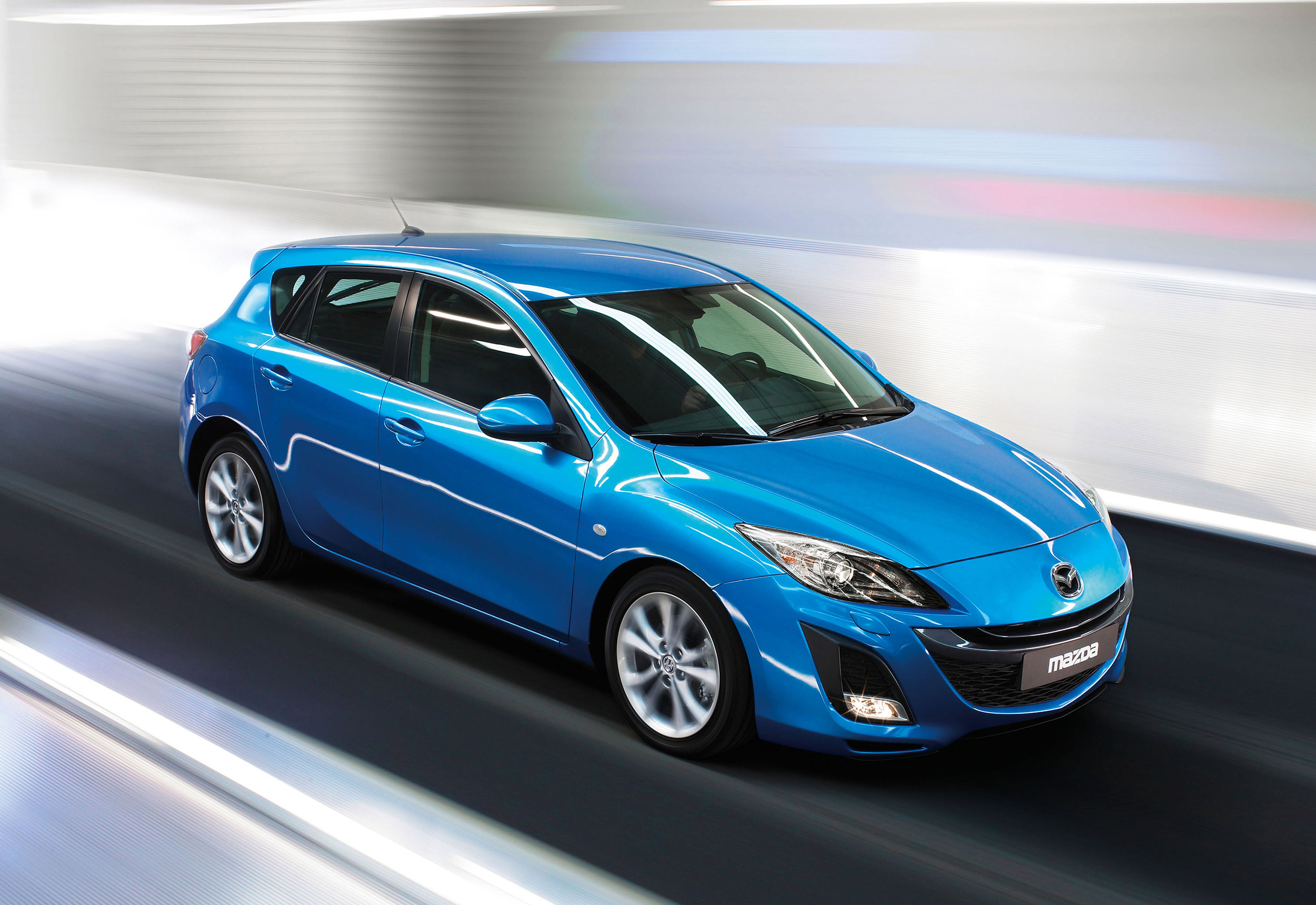

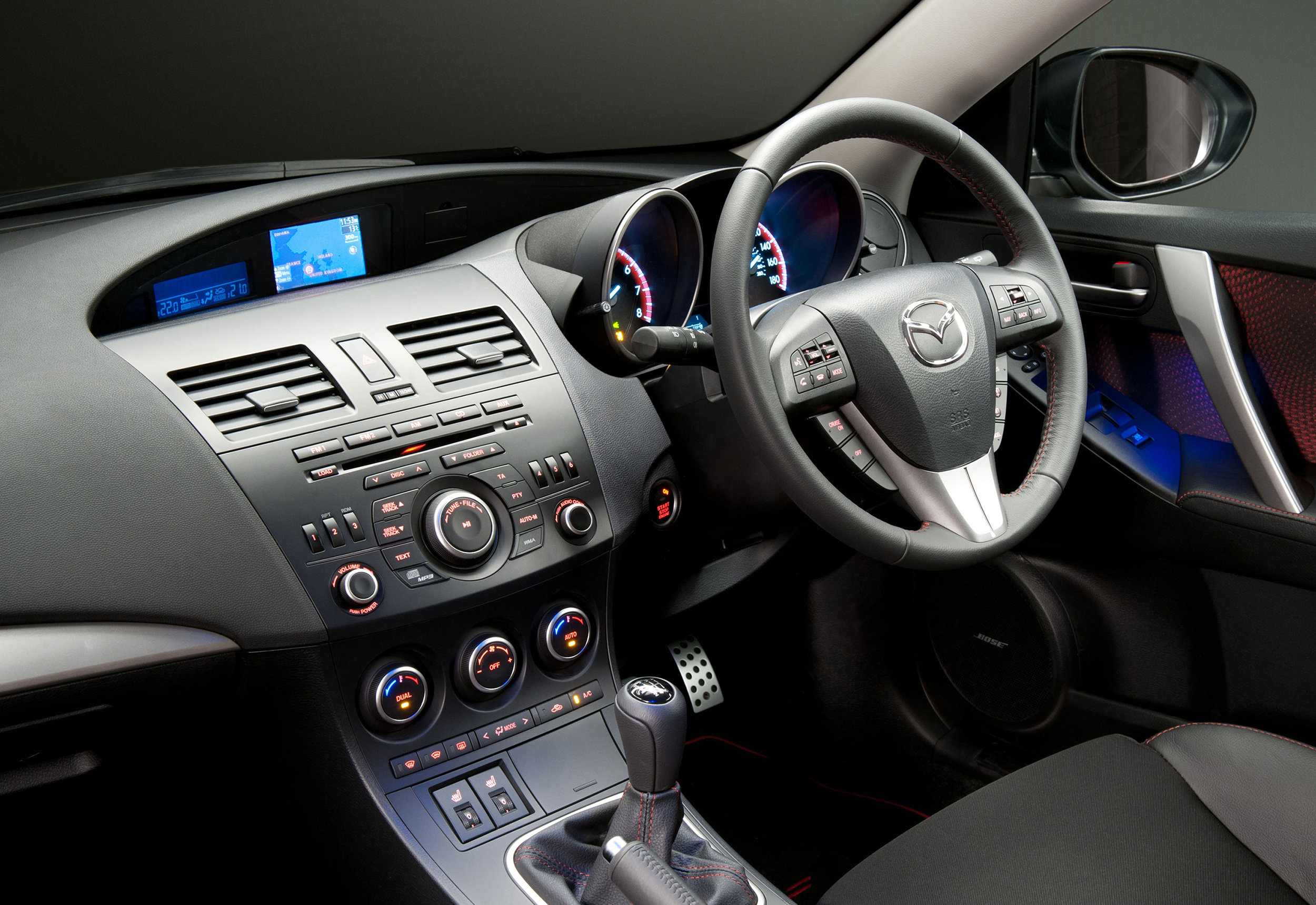

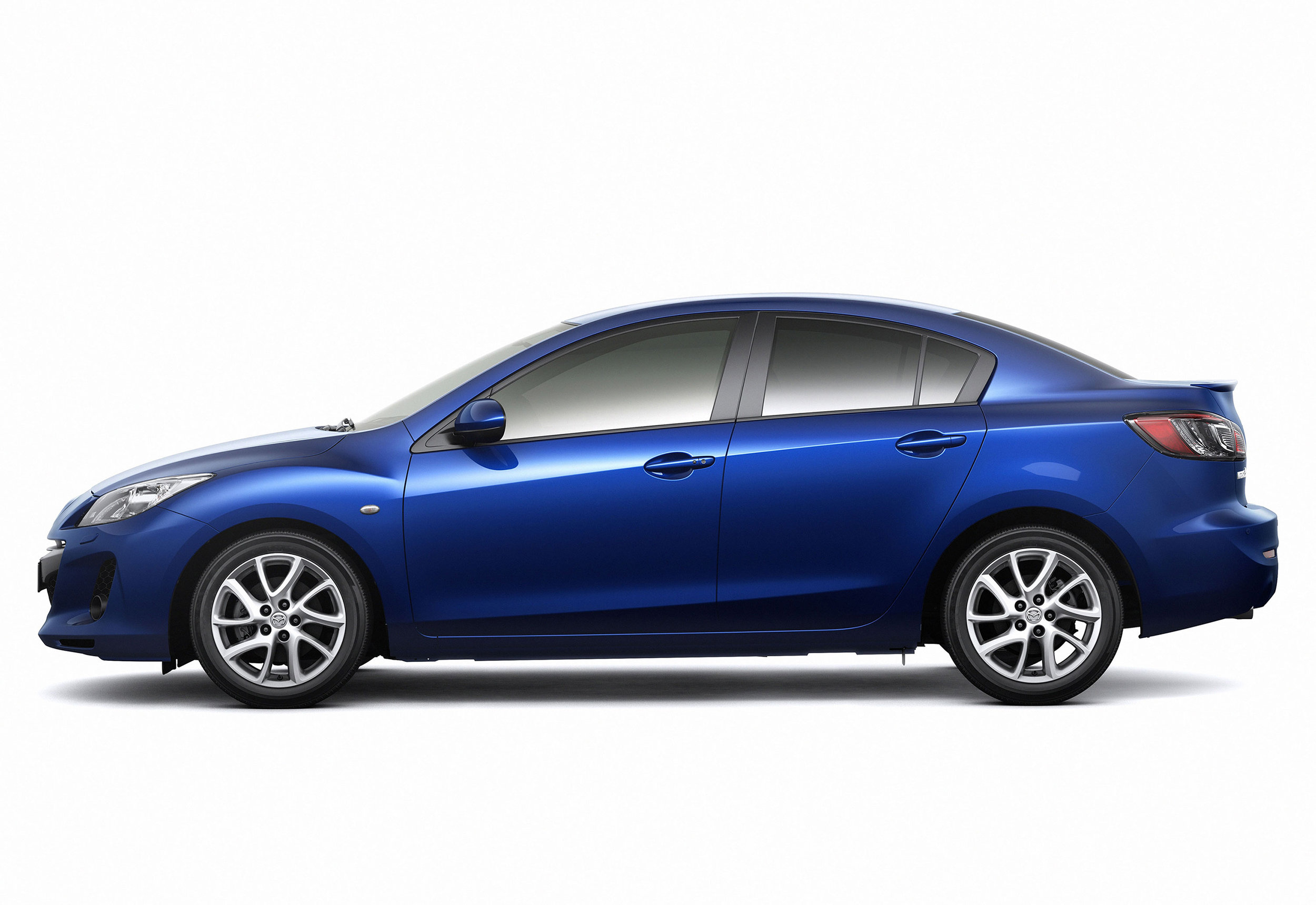
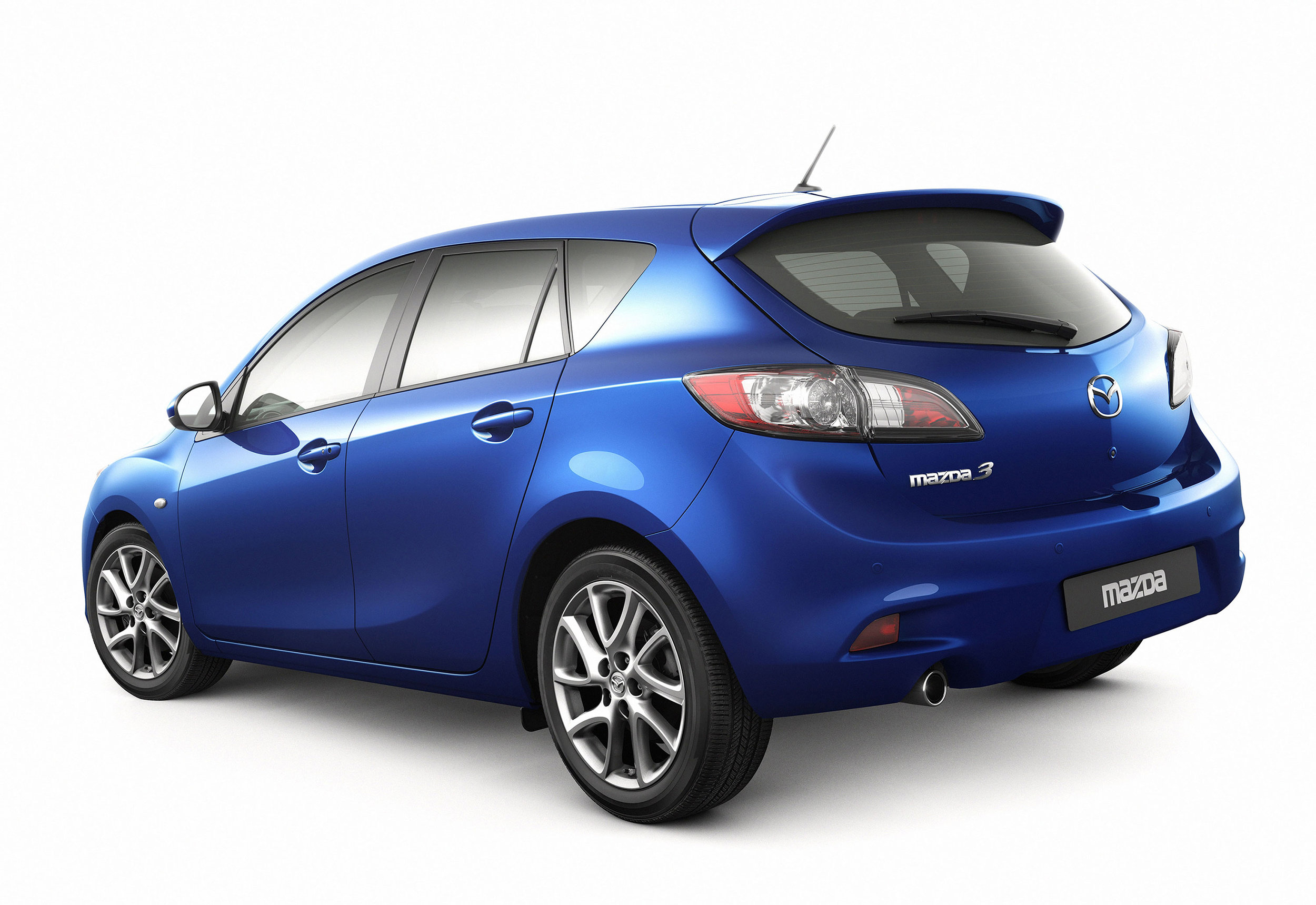
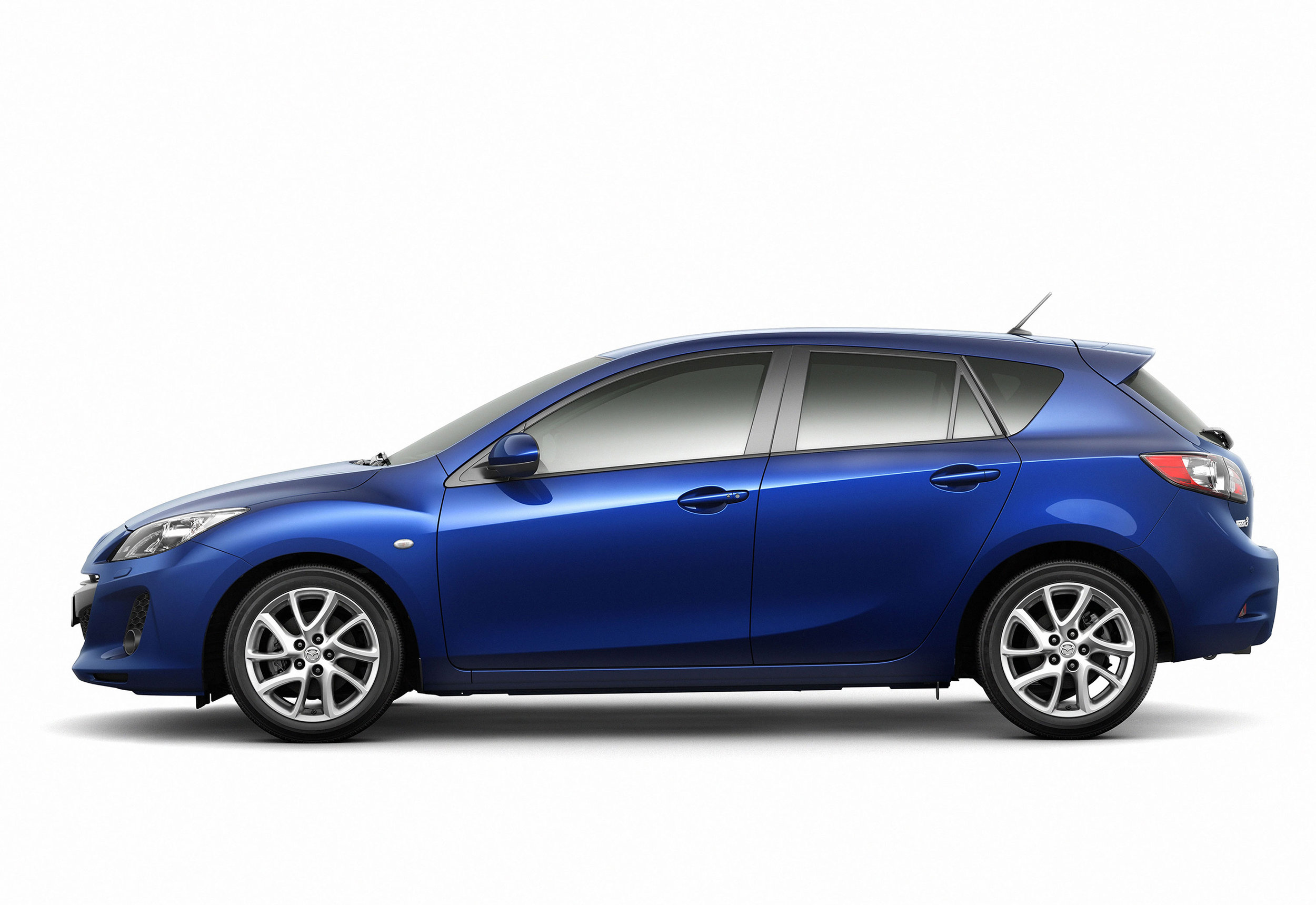
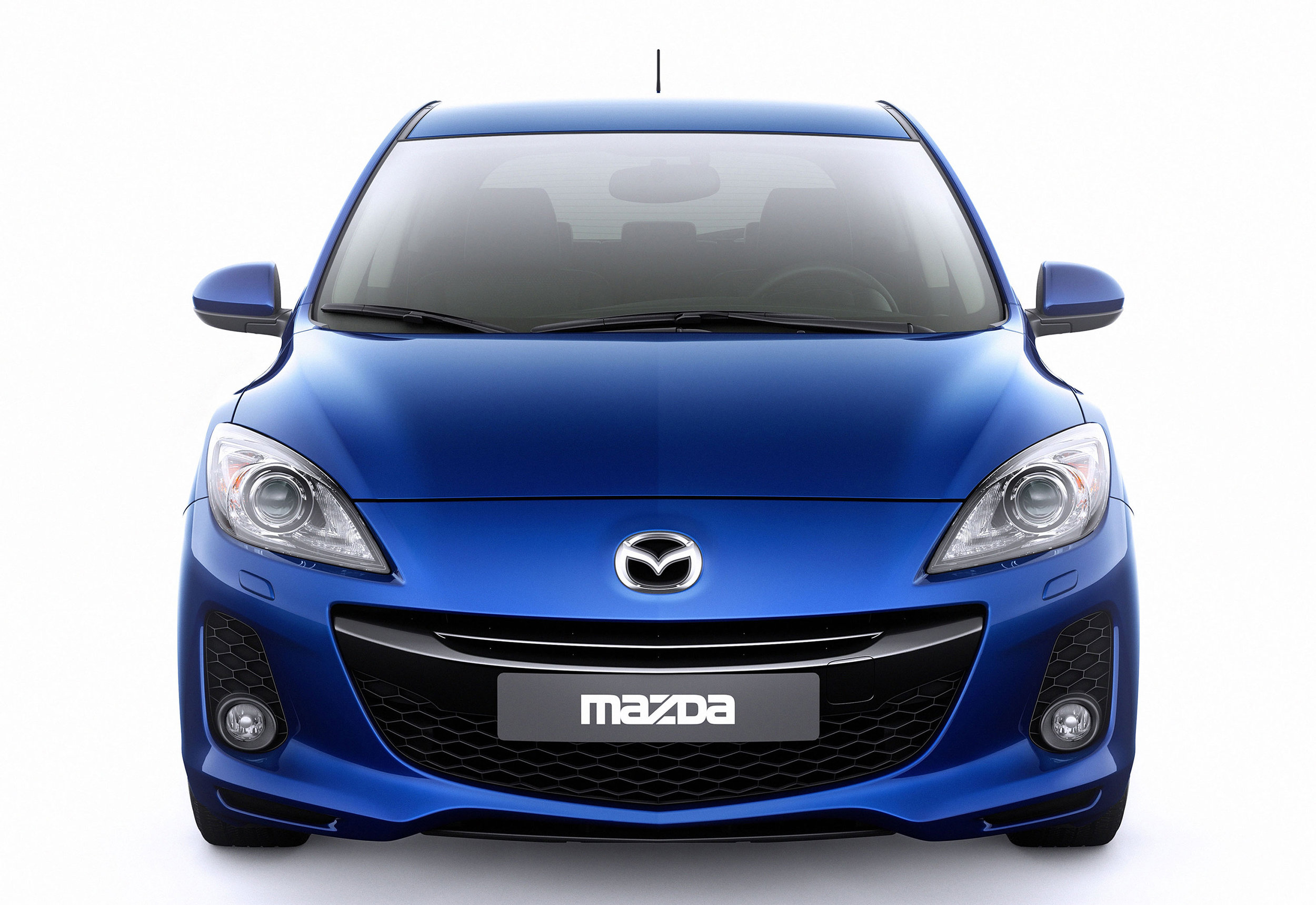
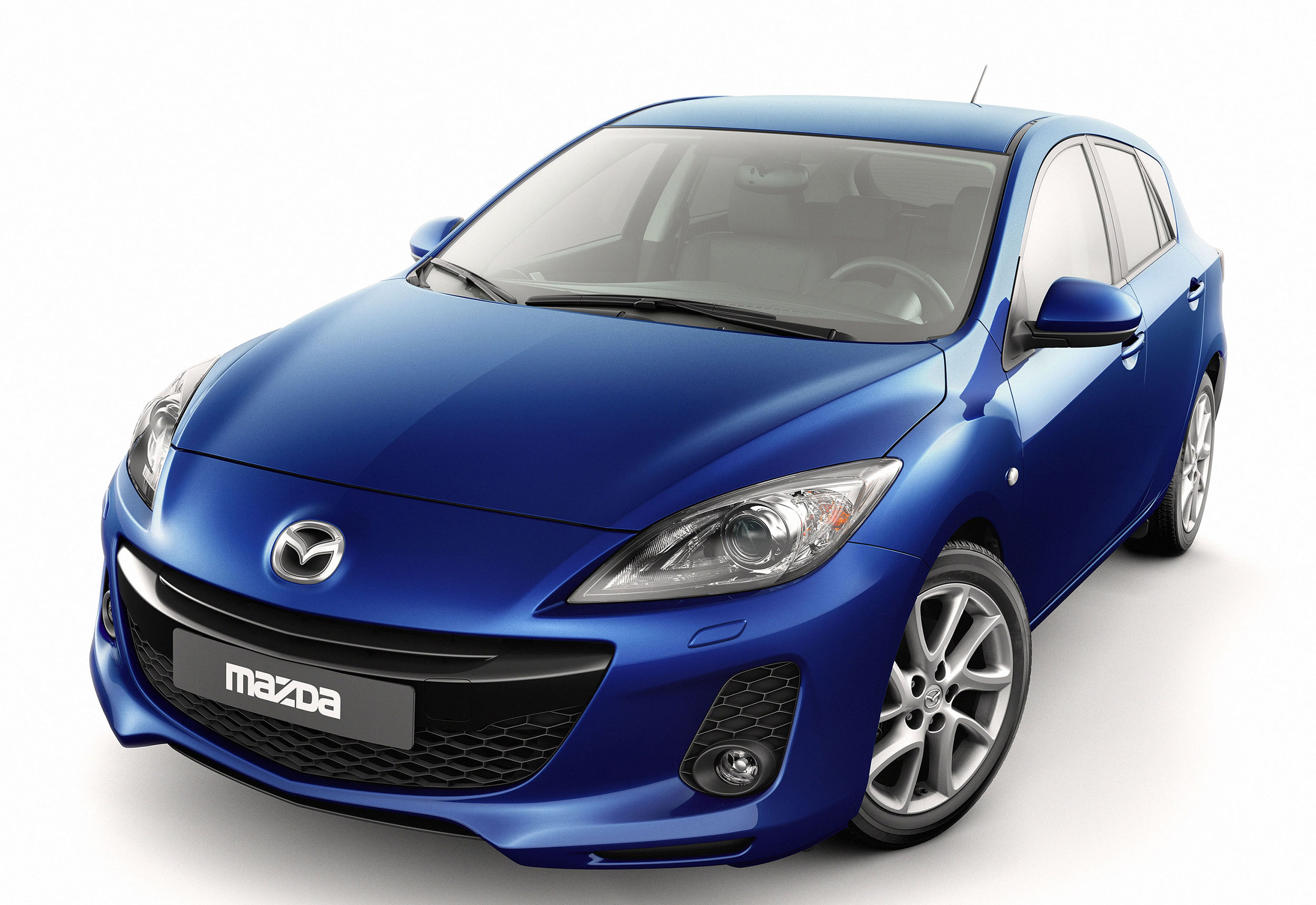
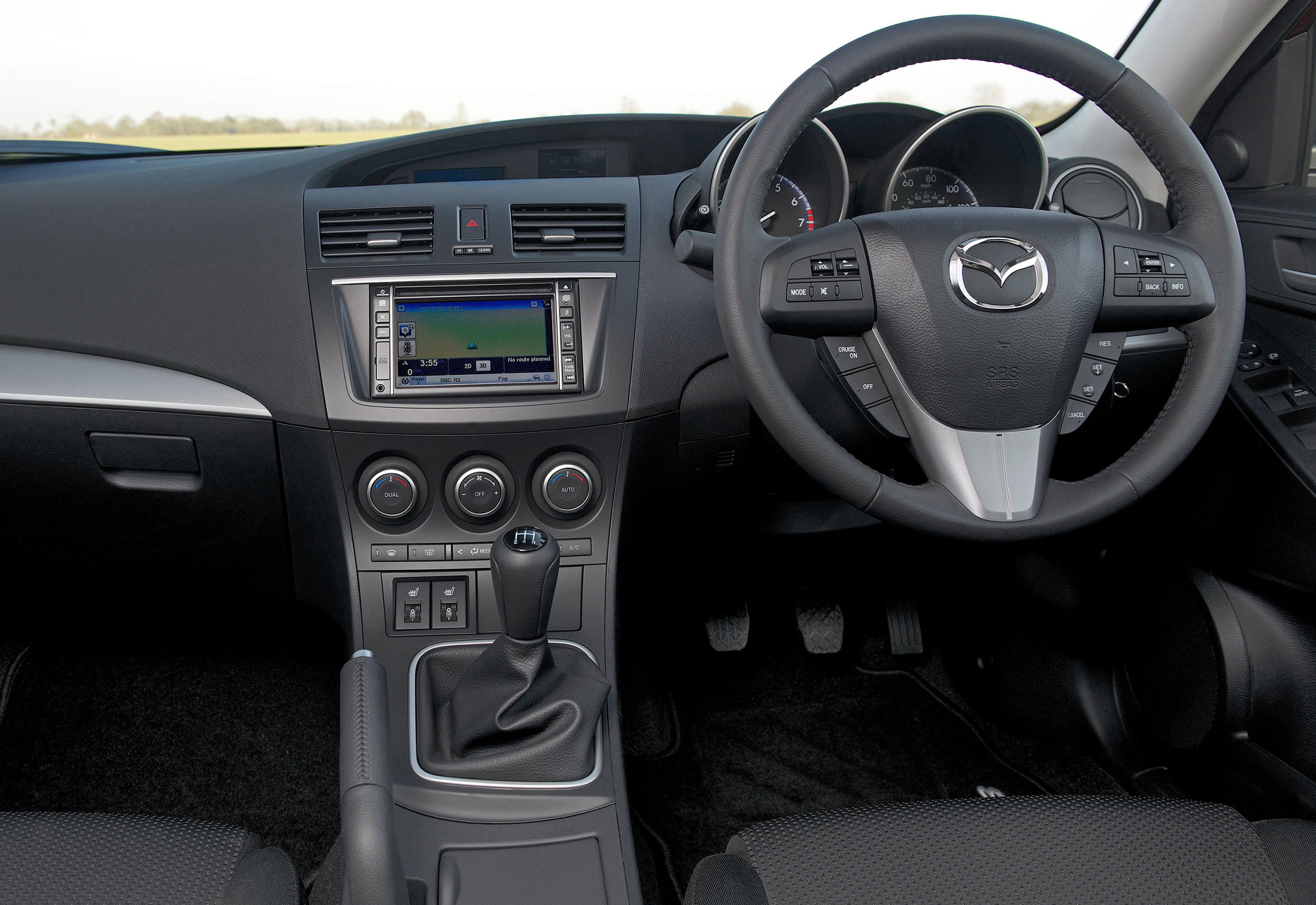
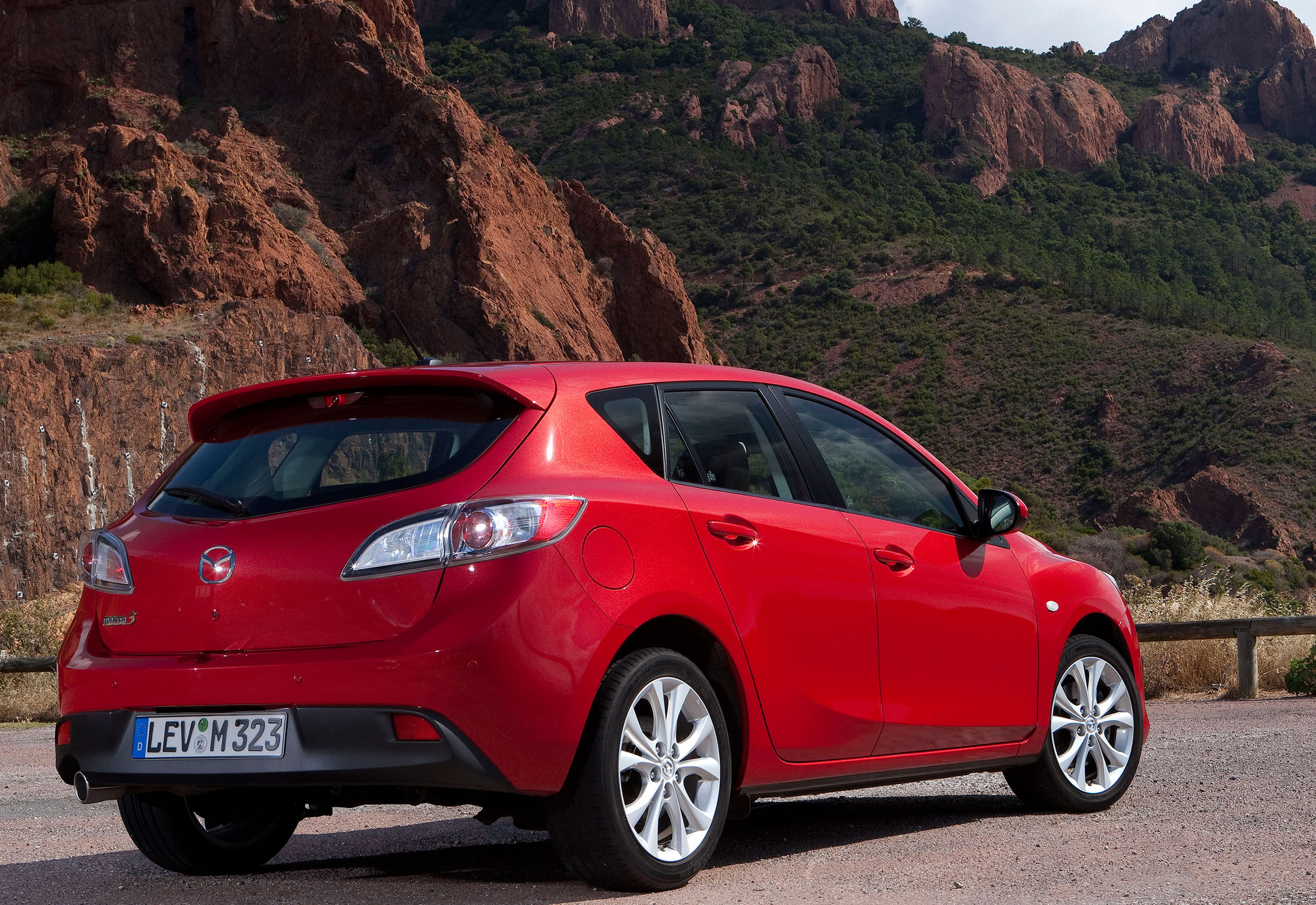
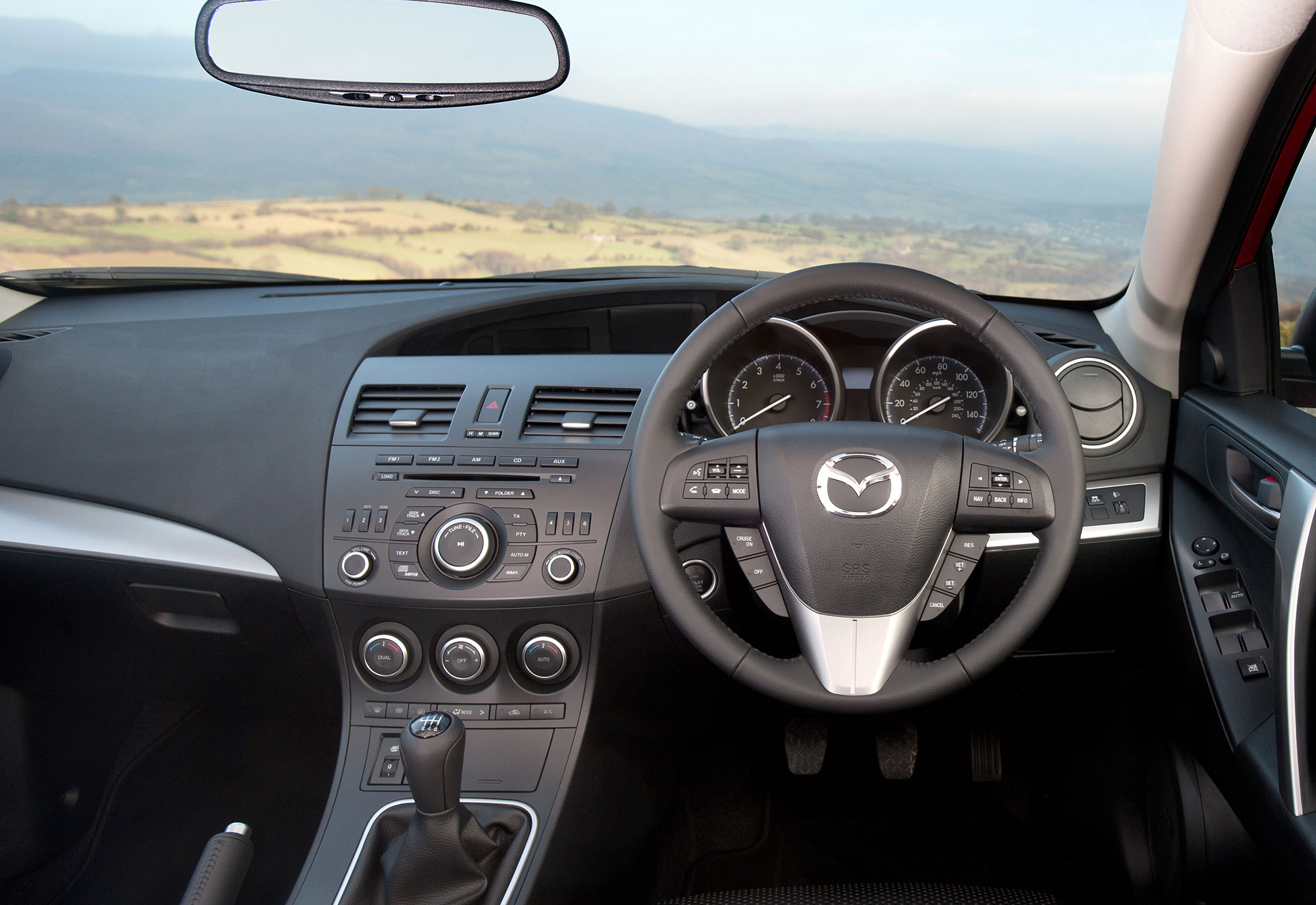
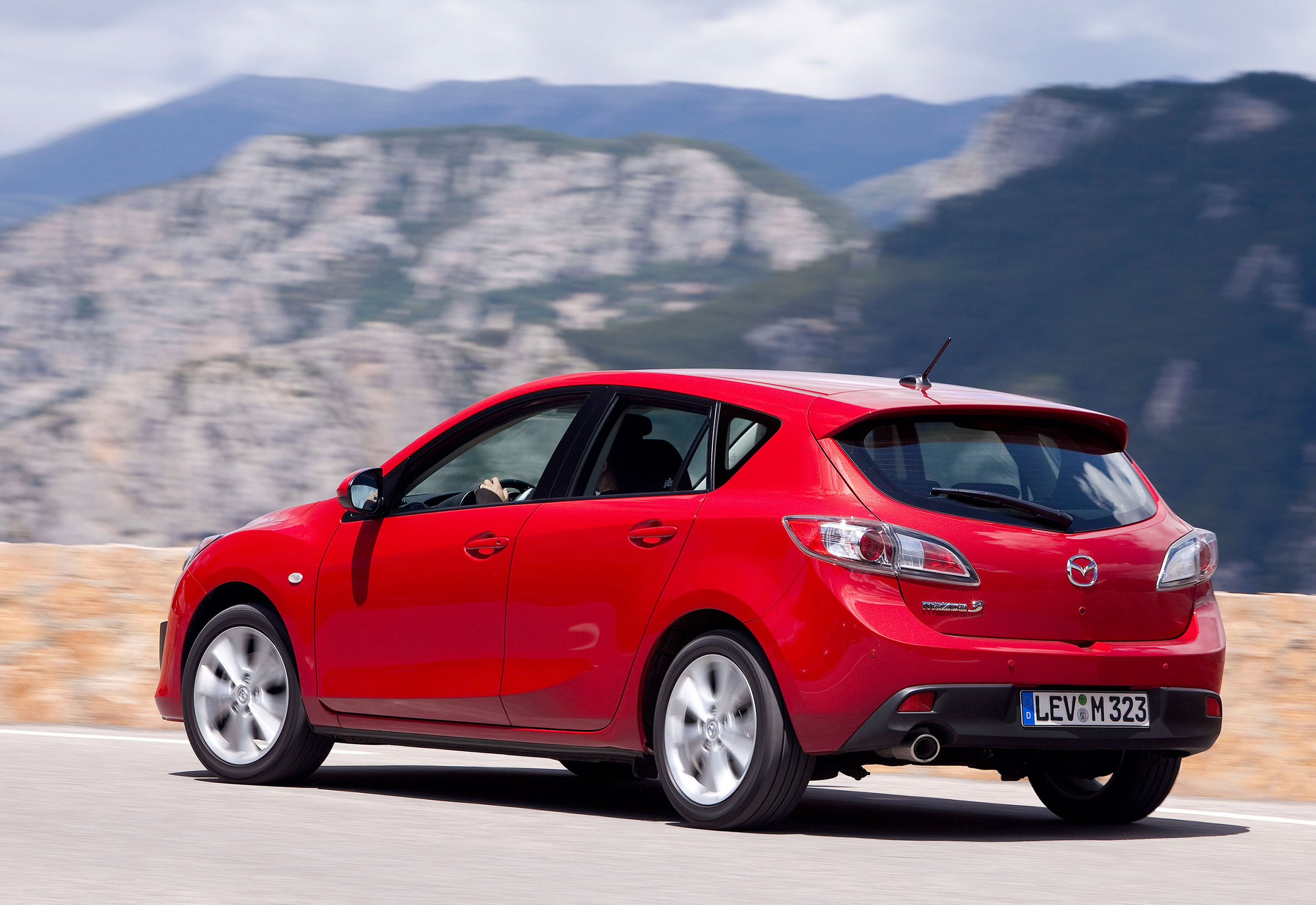
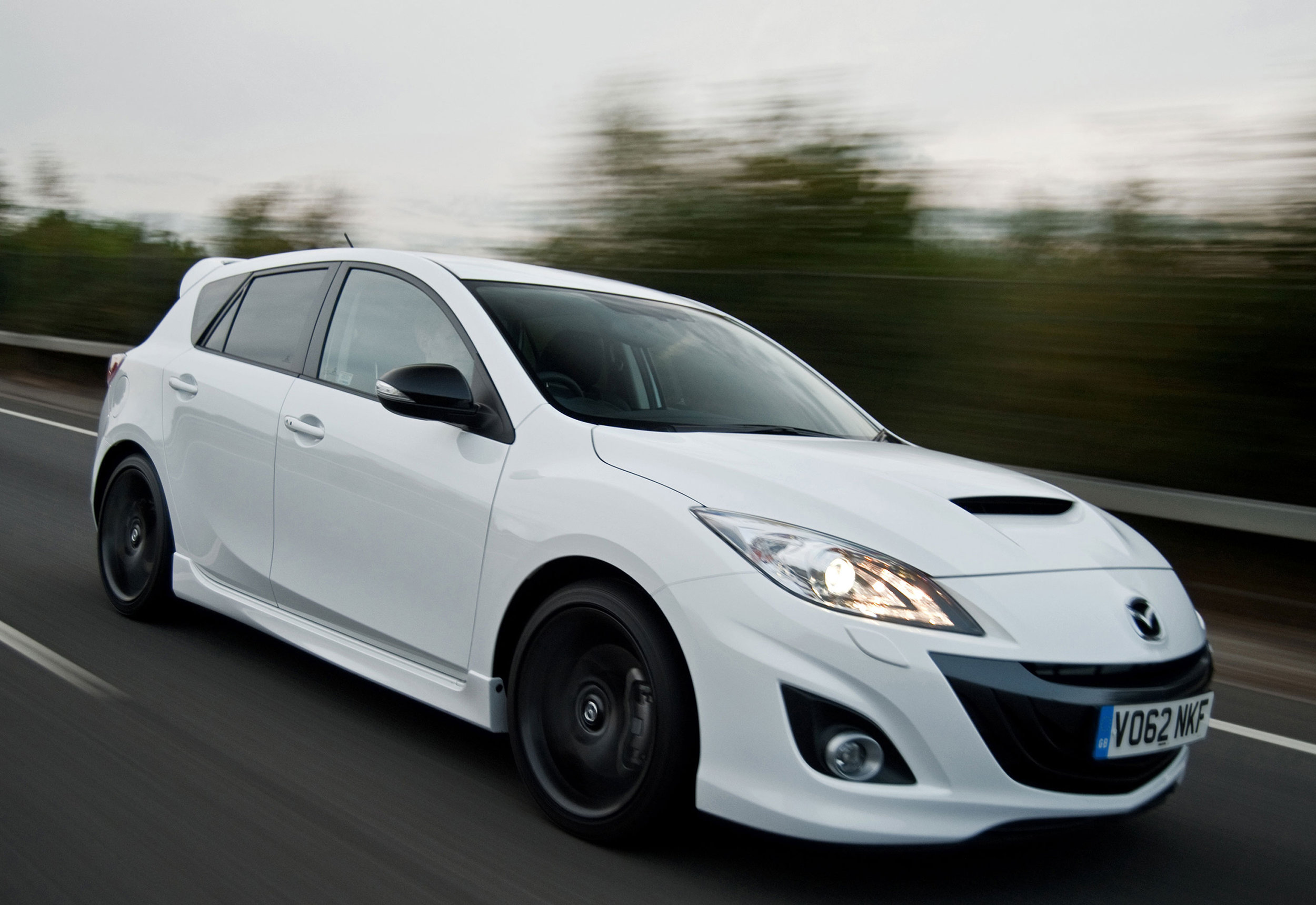

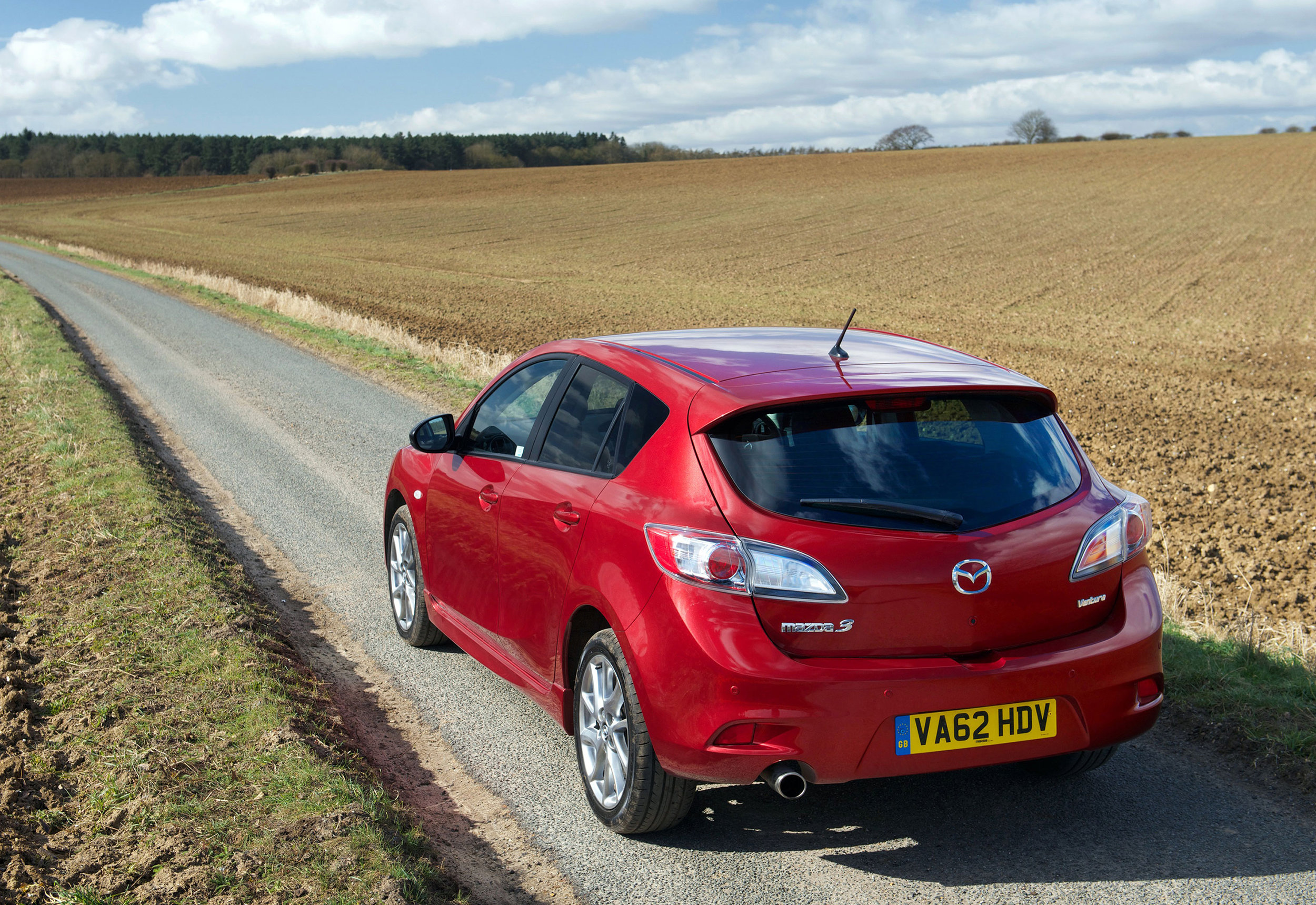
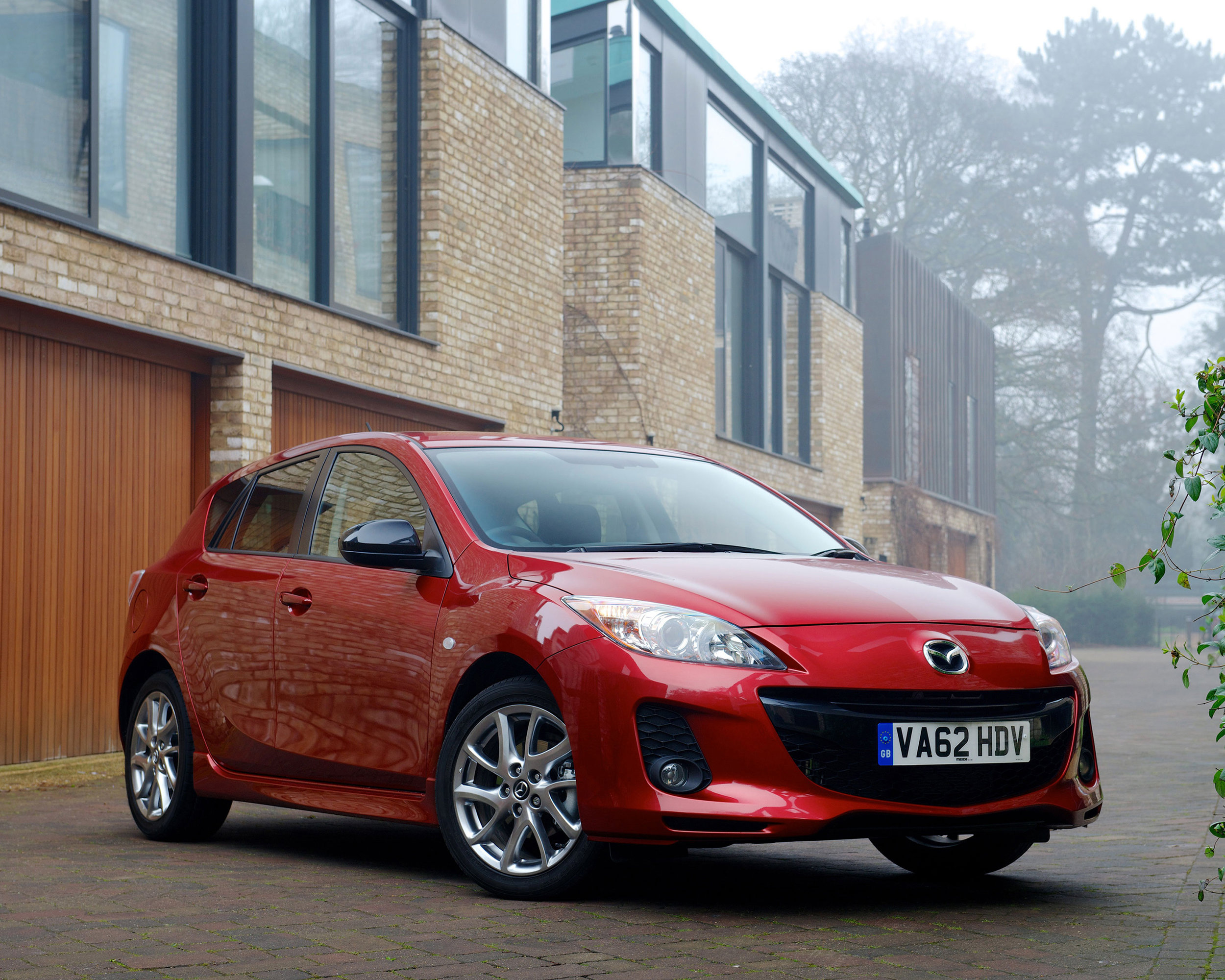
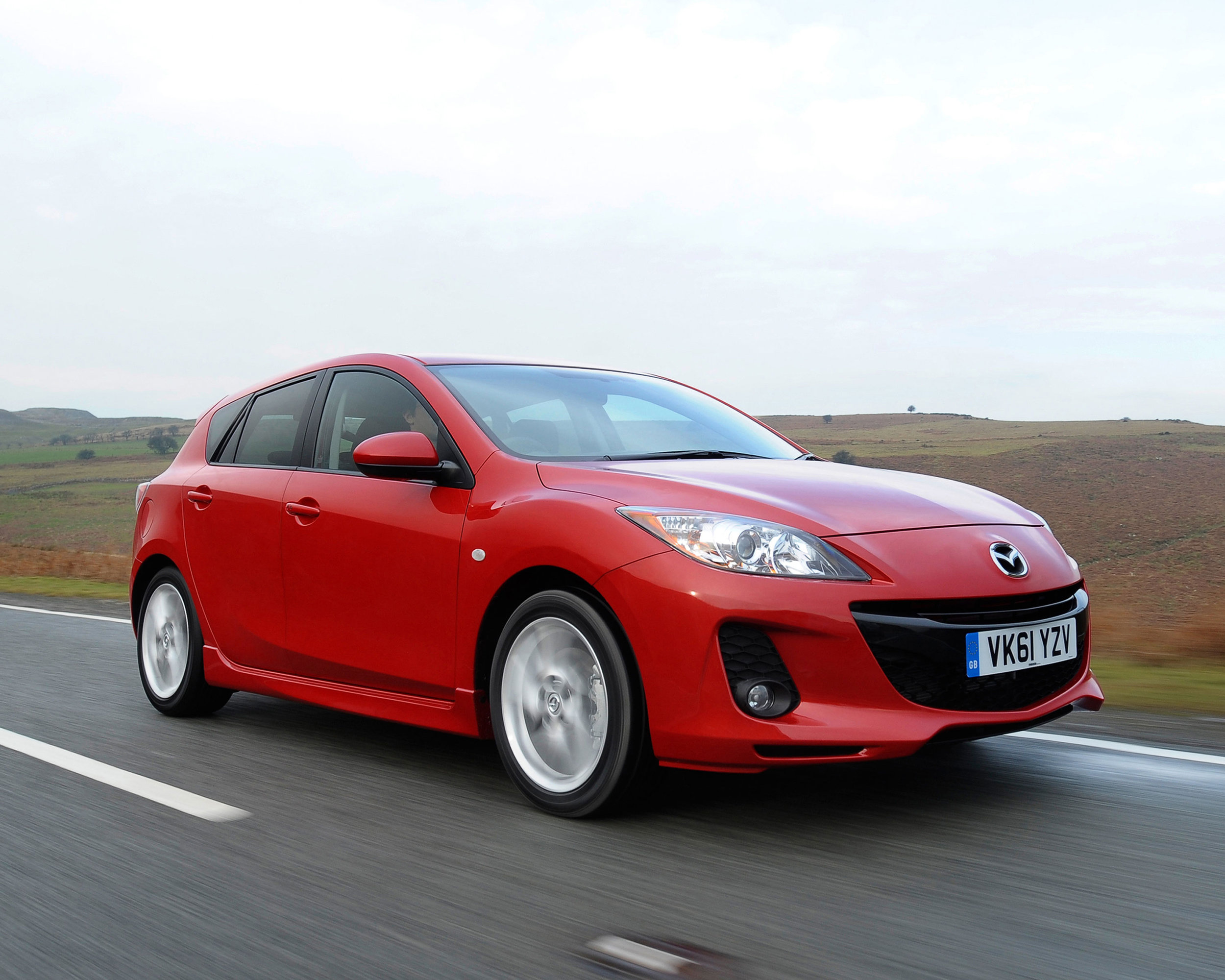
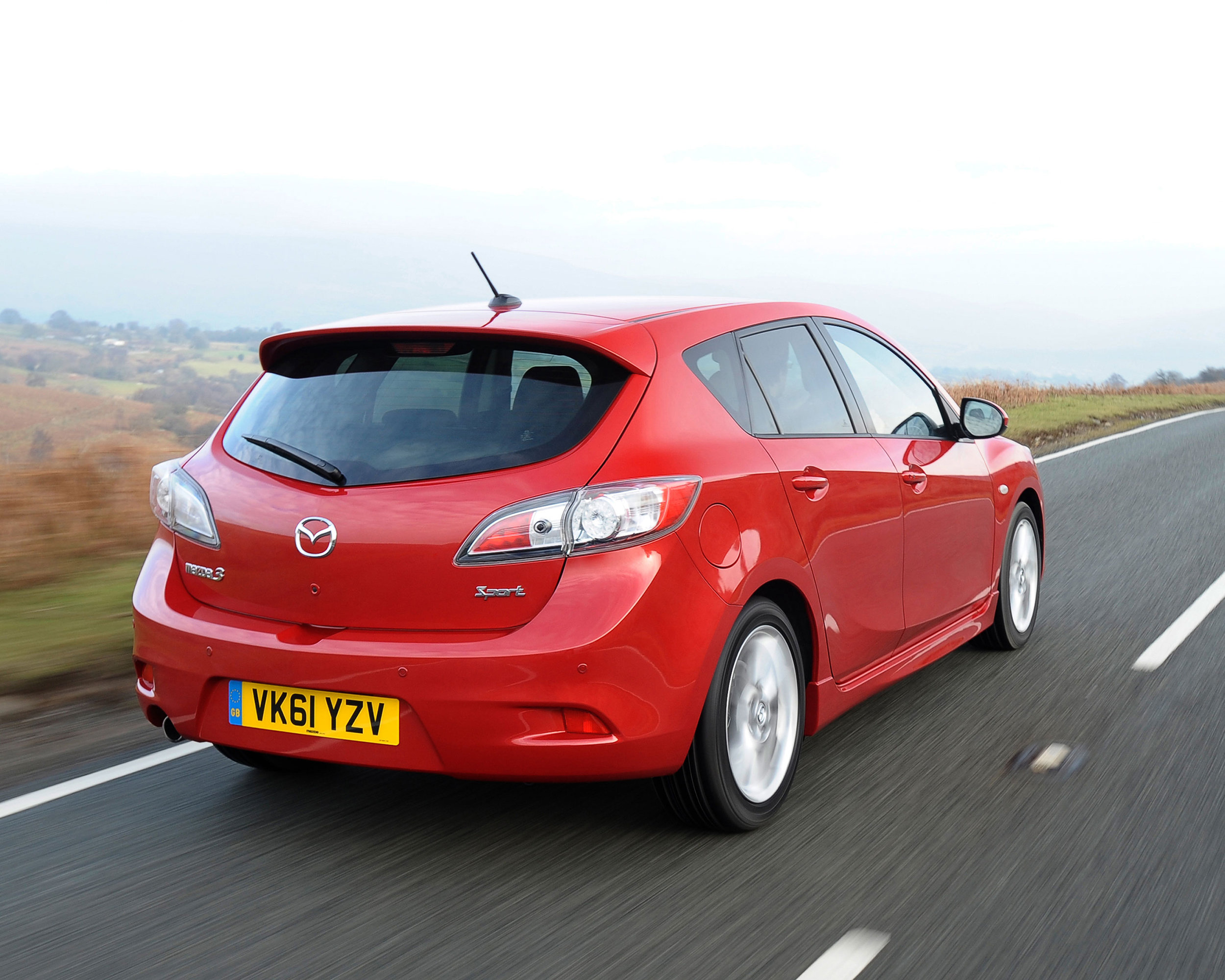
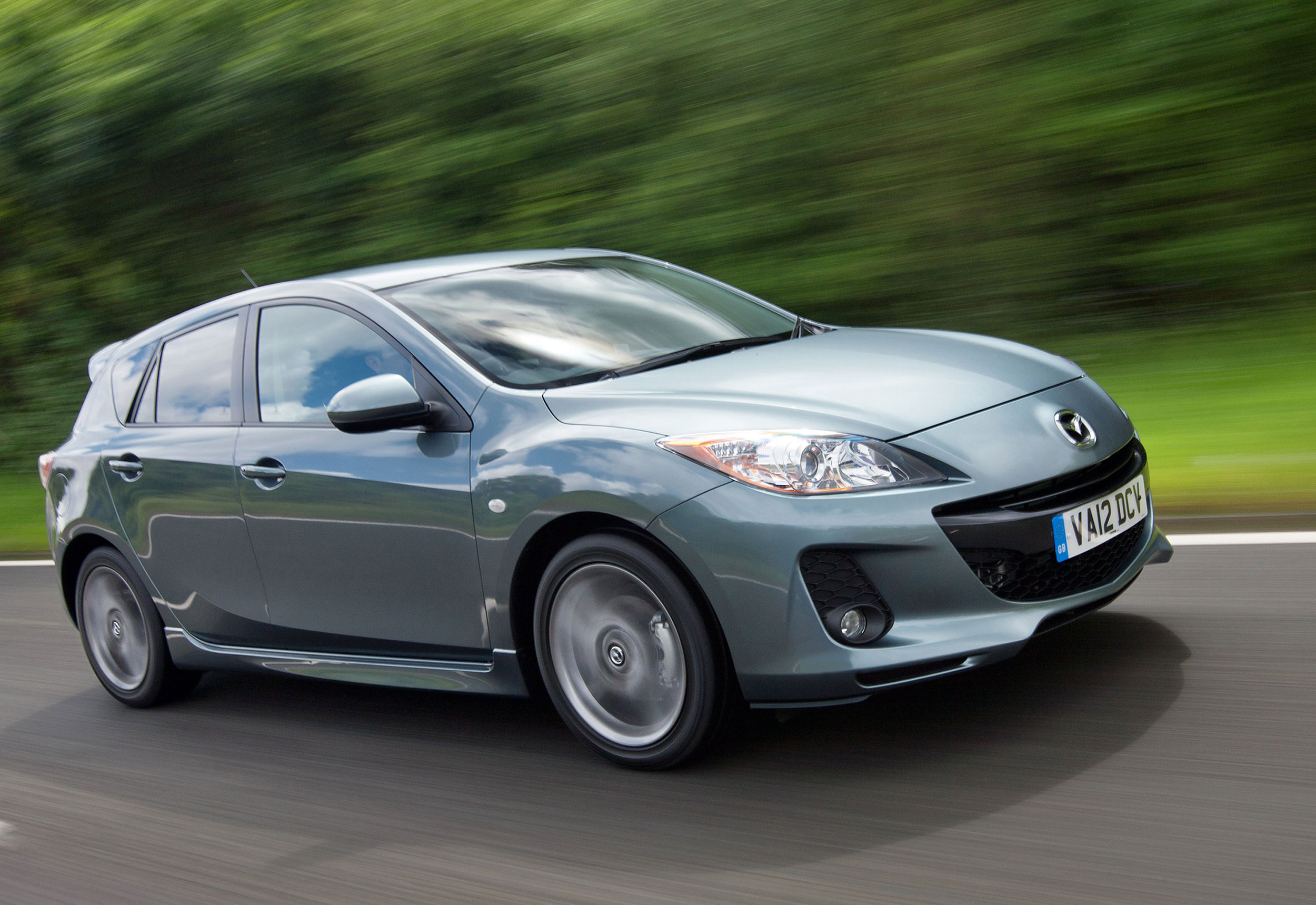


If you’re looking for a small family car that’s good to drive and reliable into the bargain, but you don’t want to follow the crowd, Mazda could have just what you’ve been looking for; its Golf-sized 3. Despite its Focus roots, the Mazda 3 has never set the charts alight as Ford’s family car has done. But that’s not necessarily a bad thing, as you can enjoy many of the benefits of the Focus while also having something more distinctive on your drive. And while the 3 is class-leading in few areas, as an all-rounder it’s a great small family hatch. We’d avoid the MPS though, as while it’s enjoyable to drive, there are plenty of alternatives that do a better job.
Key dates
5/09: The Mazda 3 Mk2 is introduced. There are four-door saloons or five-door hatchbacks in S, TS, TS2 or Sport trims, with 1.6-litre petrol or diesel engines, a 2.0-litre petrol or 2.2 diesel, the latter in 148 or 182bhp forms. There’s also a 256bhp 2.3-litre petrol option, in the MPS.
3/10: The 1.6D engine is upgraded and gets a six-speed manual gearbox for better efficiency.
2010: The Tamura and Takuya special editions arrive in February and June respectively.
3/12: A facelift brings a reprofiled nose, improved refinement and extra standard equipment. The steering is also improved to provide more feedback and two new trim levels are introduced: the Sport and Sport Nav, the latter featuring standard navigation.
Checklist
- Servicing can be expensive thanks to short intervals and high costs.
- Saloons are rare and unloved, so can be tricky to sell on.
- The diesel particulate filter on 2.2 diesels can cause problems which require a dealer visit to change the oil.
- Diesel-powered cars tend to get through front tyres quickly, thanks to the extra weight of the engine.
- The Bluetooth sometimes play ups, but a software update usually fixes things.
- The rubber boot button can crack, letting water in, leading to reliability issues.
- While the headlamps are great on main beam, they’re poor when dipped. Upgraded bulbs don’t seem to help.
- The front seats could be more supportive, so you might suffer back ache after a long journey.
We like
- Distinctive looks
- Sharp dynamics
- Good value
- Strong engines
- Reliability
- Equipment levels
- Build quality
We don’t like
- So-so MPS
- Unrefined 1.6D
- Busy dash design
- Thirsty petrol engines

